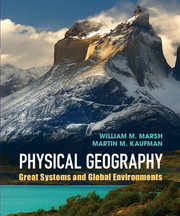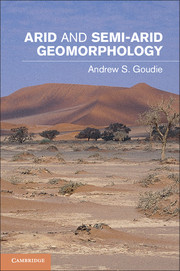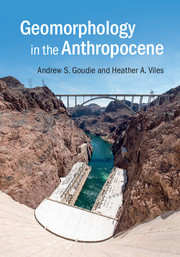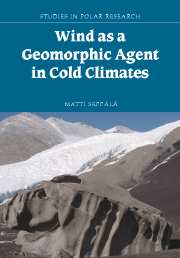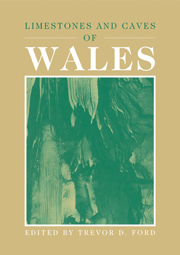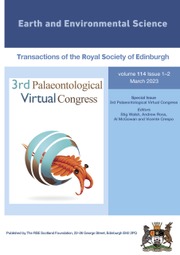Physical Geography
The physical geography of Earth is explained through the systems that shape the planet's lands, waters, and atmosphere. Written in an easy narrative style, each chapter combines text with more than 40 single-concept illustrations. The result is a distinctive design that weaves words and illustrations together into an integrated whole. The presentation is uncluttered to keep students focused on the main themes. An entire chapter is dedicated to climate change, its geographic origins, likely outcomes, and influence on other Earth systems. A distinctive illustration program includes summary diagrams at the end of chapters that recap concepts and reinforce the systems approach. Section summaries within chapters, along with end-of-chapter review points and questions, are provided to highlight key concepts and encourage thoughtful review of the material. The instructor's guidebook highlights the core concepts in each chapter and suggests strategies to advance a systems approach in teaching physical geography.
- Easy-to-understand narrative is closely integrated with clear, single-concept figures in an uncluttered page design to keep students focused
- Systems-based approach introduces the interactions in physical geography, motivating students by giving them the big picture
- Summary figures show how key concepts are related and reinforce the systems approach
Reviews & endorsements
"Marsh and Kaufman eloquently link the science of physical geography with the impacts of human activities. As such this text is a perfect tool for encouraging students to become environmentally-informed citizens."
Dean P. Lambert, Department of Geography, San Antonio College, Texas
"At last, a textbook that successfully merges a graphic storyline with the text to describe the interconnectedness of Earth’s great physical systems. The authors do a masterful job using this approach to explain the geographic character of the planet. This textbook will be understandable to both science and non-science majors."
Dr Richard Crooker, Department of Geography, Kutztown University, Pennsylvania
"Authoritative, useful, balanced, and wise, this is more than a textbook. It is, rather, a modernized classic and comprehensive presentation of the physical geography perspective of the great natural systems operating on planet Earth … should be successful with students and teachers alike as the scientific process and physical science fundamentals are presented with relevance to everyday life."
Dean Fairbanks, Department of Geography and Planning, California State University, Chico
"Will Marsh, an excellent scientist and a talented artist, has written the best textbooks in physical geography for three decades, and [this] new offering … continues this tradition. The book’s distinctive features include explanations that start from a comprehensible scale that the student can understand, along with gorgeous illustrations."
Jeff Dozier, Bren School of Environmental Science and Management, University of California, Santa Barbara
"… an all-encompassing textbook filled with stunning pictures and dozens of single-concept diagrams that, combined with clear text, eloquently describe Earth's physical geography … a great tool to teach about naturogenic and anthropogenic factors of change, such as volcanic eruptions or human-made pollution, to science and non-science undergraduates alike … The book is overall very well presented and organised: the structure of individual chapters and their presentation are excellent...The usefulness of Physical Geography as a teaching resource is further displayed in the companion volume and online materials … Any textbook that encourages students to be the environmentally conscious citizens of tomorrow is welcome - and Physical Geography is an ideal volume."
Barbara Ferriera, GeoQ
"Text and graphics are complementary and well integrated. It is very much a 'learning and teaching' tool, and is backed by copious online resources. It should be suitable for [advanced high school] or undergraduate students … In short, the book is excellent, providing not merely the details of its subject but demonstrating how to study physical geography from an inclusive, truly holistic viewpoint."
Steve Rowlatt, The Geological Society
"… the breadth of its coverage is far greater than [A-level textbooks] and goes well beyond [them] … the book may serve to whet a curious student's appetite to study physical geography in further depth …"
Harriet Allen, Geological Magazine
Product details
June 2012Adobe eBook Reader
9781139334716
0 pages
0kg
900 colour illus. 20 tables 300 exercises
This ISBN is for an eBook version which is distributed on our behalf by a third party.
Table of Contents
- Part I. Earth's Energy, Climate and Ocean Systems:
- 1. Mapping our course of study
- 2. An overview of planet Earth: some geographic observations about Earth
- 3. The Sun-Earth energy system: fuel for a planet
- 4. Earth's radiation and heat systems over land and water
- 5. The great systems of global air and ocean circulation
- 6. Atmospheric moisture, precipitation and weather systems
- 7. Modern climate types and patterns
- 8. Climate change, past, present, and future
- Part II. Earth's Life Support Systems:
- 9. Earth as an ecosystem: energy, food, and life
- 10. Biogeography: geographic distribution of plant and animal types
- 11. Human origins, diffusion, and the alteration of natural landscapes
- 12. Soil system, processes, and formation
- 13. Soil types, distribution, and land use relations
- Part III. Earth's Water Systems:
- 14. The global water system
- 15. Runoff, streamflow, and watersheds
- 16. Groundwater systems, lakes, and water resources
- Part IV. Earth's Rock and Mountain Systems:
- 17. Earth's internal system: heat, convection, rocks and the planet's skin
- 18. The formation and geographic organization of the continents and ocean basins
- 19. Mountain systems, earthquakes, and volcanoes
- Part V. Earth's Erosional and Landform Systems:
- 20. Geomorphic systems: rock weathering, hillslope processes, and slope formation
- 21. Stream systems, valley formation, and fluvial landscapes
- 22. Coastal systems: waves, currents, and landforms
- 23. Glacial systems: growth, motion, and work of glacial ice
- 24. Wind systems: sand dunes, dust, and deserts.

